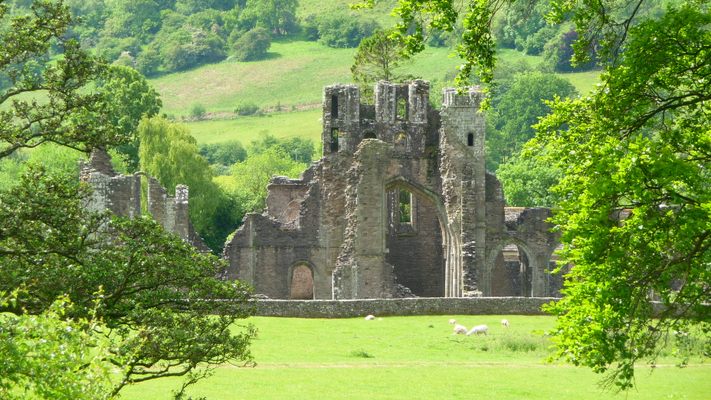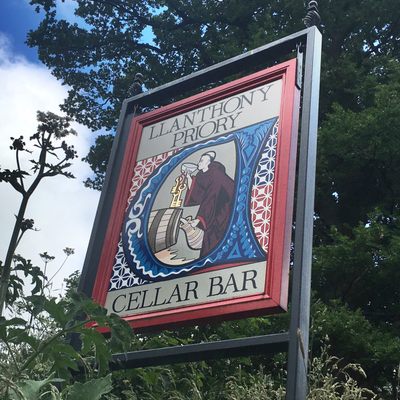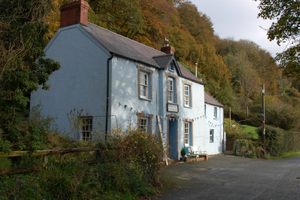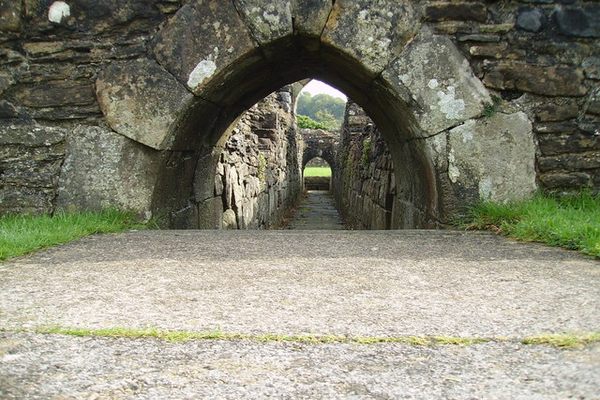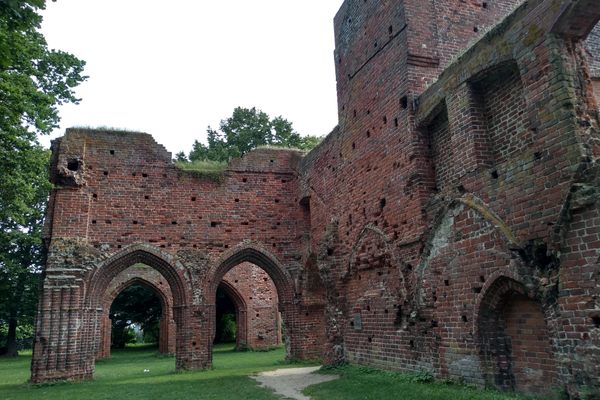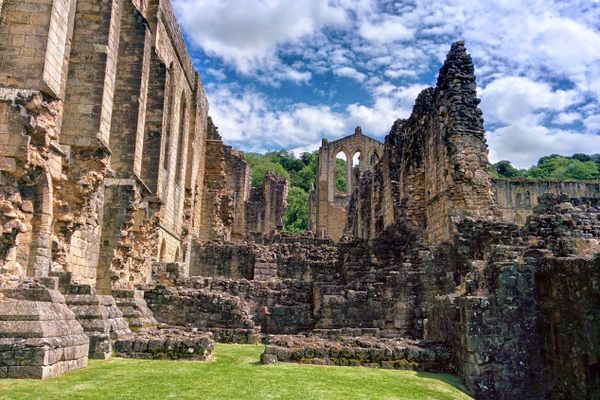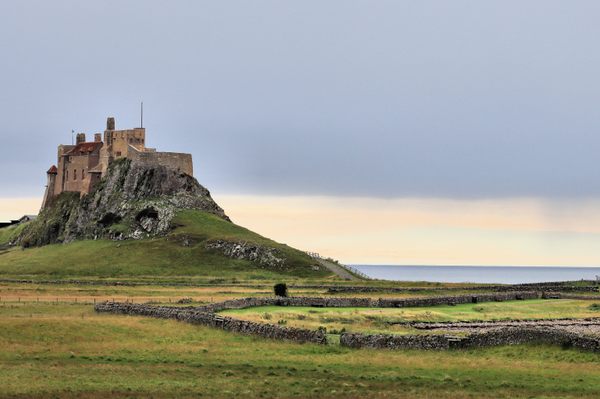About
Constructed in the early 12th century as a rural sanctuary far from the perils of war, Llanthony Priory continues to offer visitors a retreat from the pitfalls of modern life, even if the building itself hasn’t stood the test of time.
The grand abbey was founded by Norman knight William de Lacy, who—in a highly unconventional move for the time—traded the battlefield for religion, and created a hermitage in the shadows of Brecon’s Black Mountains.
During the height of its popularity, up to 40 religious canons lived on-site at the abbey and visitors travelled to see it from around the world. Sadly this period of prosperity did not last. Following Henry VIII's set of 16th-century laws that worked to dissolve British monasteries, the site was largely abandoned and left to the elements.
And yet, even as a ruin, the Monmouthshire site exudes a tranquil beauty befitting a monument that was once one of Wales’ great medieval buildings. Symmetrical stone arches still stand in a grand row, along with a few turret-topped stone towers, providing a sense of the scale of the original priory. So picturesque are the weathered remains that famed British artist J.M.W. Turner traveled here to paint them in 1794 (a watercolor that now hangs in the Tate Britain in London).
And then, of course, there’s the pub. Hidden beneath the 900-year-old site, in what is thought to have once been the abbey’s cellar, is a wonderfully cozy undercroft bar, where in-the-know patrons duck down into a cave-like space to sample the selection of local ales on tap.
The old-worldly drinking den is run by the Llanthony Priory Hotel, which is attached to the site. The hotel has been set up to retain a sense of the abbey’s original role as a retreat from the modern world, and, as such, offers no in-room TVs, no wifi, and not even any mobile phone signal.
Along with drawing hikers, history buffs, and quirky pub enthusiasts, the area is also famed for its stargazing credentials, offering exceptionally clear views of the cosmos after dark.
Related Tags
Know Before You Go
The site is under the custody of Cadw (the Welsh Government's historic environment service) but is free to enter. Opening times are between 10 a.m. and 4 p.m. Dogs are not allowed within the grounds of the priory or inside the pub.
There is parking adjacent to the priory, although it can get busy. There is level access from the car park, on gravel footpaths and grass. It's possible to take drinks outside into the priory, but picnics are not allowed.
Community Contributors
Added By
Published
August 3, 2023


